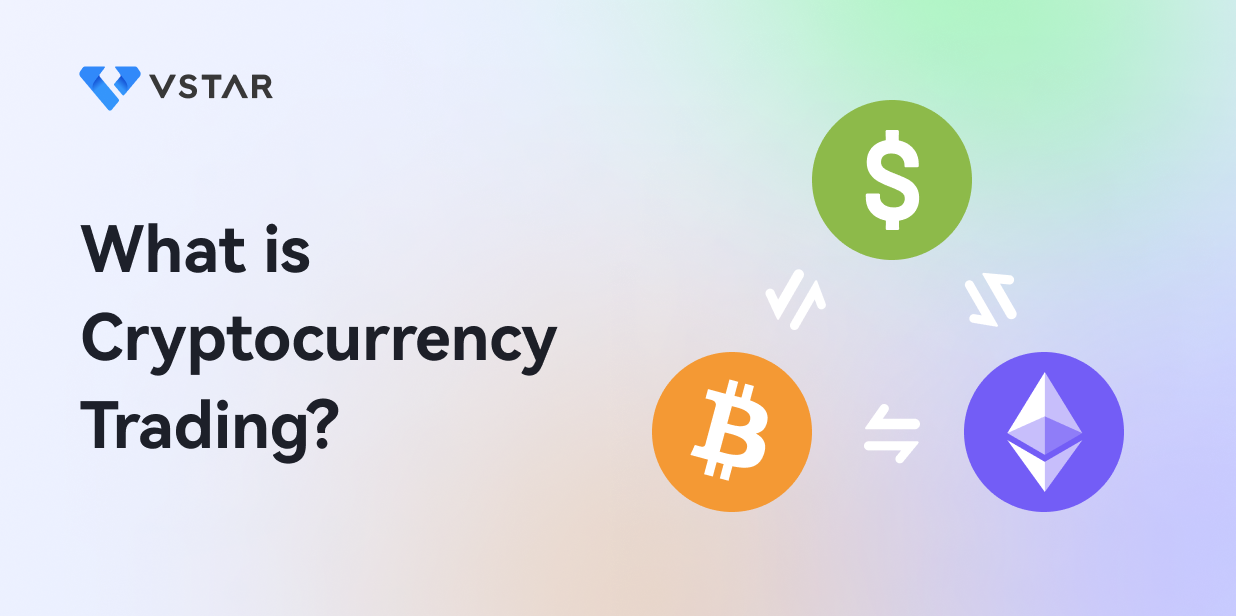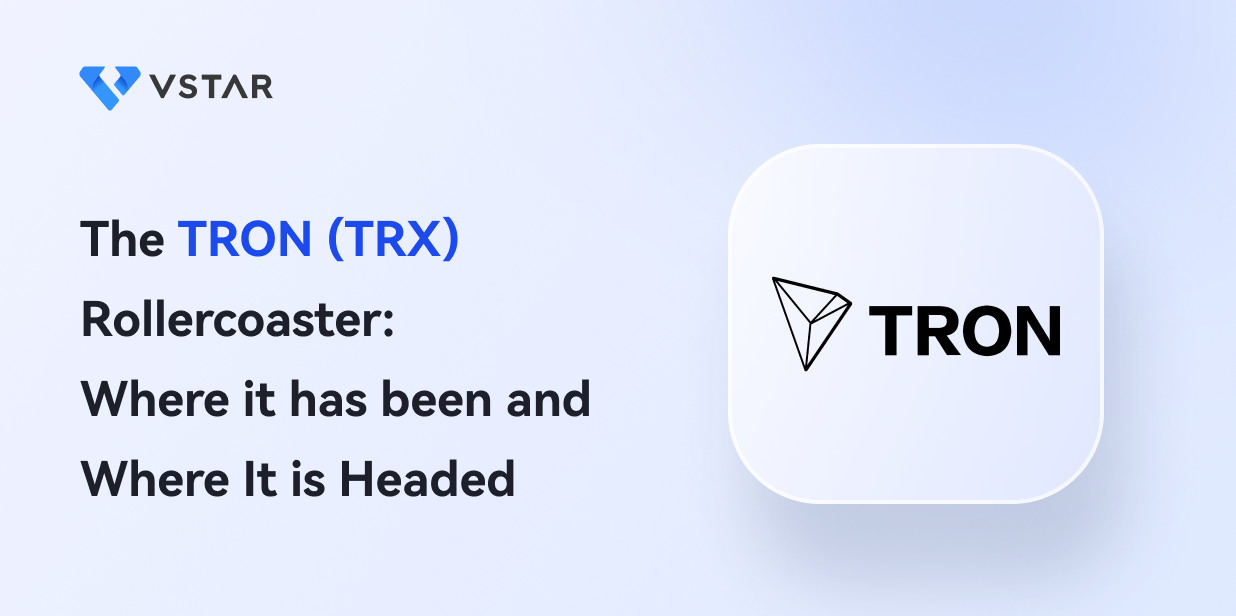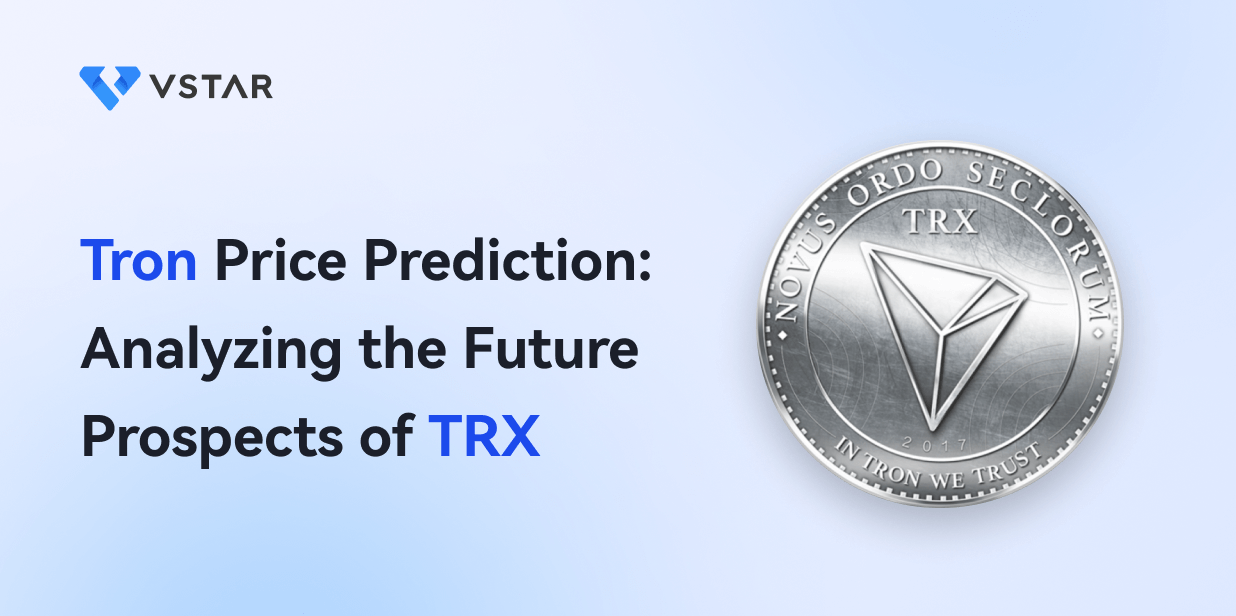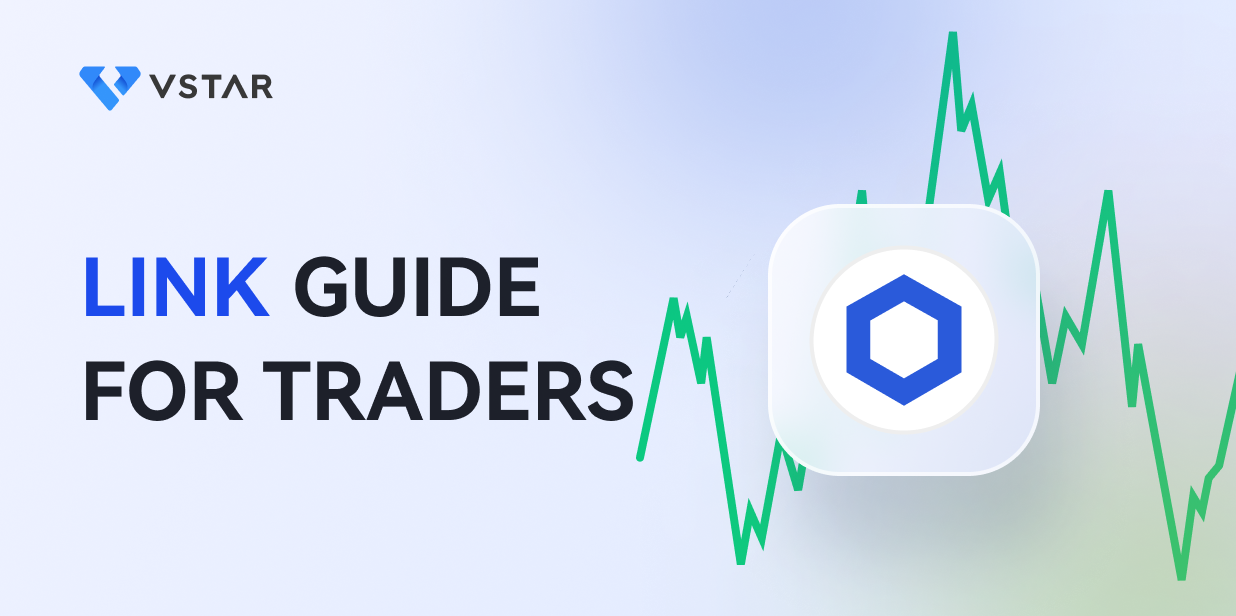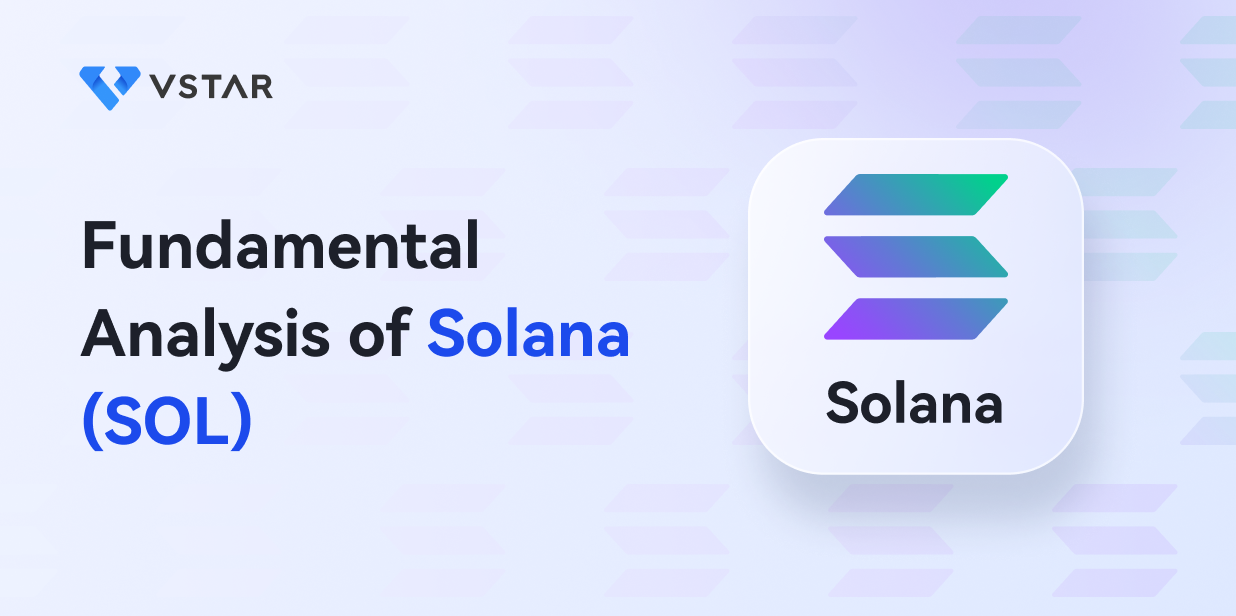We all agree that in recent years, cryptocurrency trading has become popular and sparked the interest of millions of people around the world. Interestingly, as of April 2023, statistics showed that the average daily cryptocurrency trading volume was at 50.9 billion per day. The most common approaches to trading cryptocurrencies are buying and selling cryptocurrencies on an exchange and speculating on a cryptocurrency’s price movement via a CFD trading brokerage account.
You didn’t stumble on this article by mistake! You probably want to discover the best way to trade cryptocurrencies. The good news is that it has all the information you may need to get started. Keep reading as we explore cryptocurrencies and types of crypto trading. It also answers some of the frequently asked questions about crypto trading.
But First, Let’s Understand What a Cryptocurrency is
Cryptocurrency is a digital currency that is secured through cryptography, and it’s based on a decentralized system. Unlike fiat currency like the U.S Dollar or the GBP, cryptocurrencies are not issued or backed by a central authority like a central bank. Famous cryptocurrencies include Bitcoin (BTC), Ethereum (ETH), Tether (USDT), Litecoin (LTC), Cardano (ADA), and Dogecoin (DOGE).
Notably, you cannot discuss cryptocurrencies without mentioning blockchain. It’s the technology that enables the existence of cryptocurrencies, among other decentralized applications.
But how or where do you get cryptocurrencies? There are three ways of acquiring crypto coins or tokens:
1. Mining
2. Buying from crypto exchanges
3. Receiving cryptocurrencies as a payment or being rewarded for work done on a blockchain
Also, cryptocurrencies are a form of investment. First, you could buy cryptocurrencies as a store of value. In fact, some people refer to Bitcoin as digital gold. Another great way of investing in cryptocurrencies is through trading. And this is what the section down here discusses.

5 Types of Cryptocurrency Trading
Here are 5 ways of trading cryptocurrency:
1. Spot trading
Spot trading refers to the buying and selling crypto assets for instant settlement on a crypto exchange. Usually, the ultimate goal in spot trading is for an investor to buy assets on the current market price (or on the spot), hoping to sell the same assets at a higher price in the future. Some investors tend to hold their crypto assets long-term or short-term.
Unlike margin trading in futures, spot trading allows you to own the cryptocurrencies you buy. However, a significant setback of spot trading is that the crypto spot market is less regulated, and potential gains are smaller than other forms of crypto margin trading.
2. Cryptocurrency futures trading
Crypto futures trading entails trading contracts representing a specific cryptocurrency's value at a specified time. However, you don’t have to own the underlying assets: futures contracts are based on a derivatives market, and it doesn’t give access to the actual assets.
Traders use futures contracts to buy and sell cryptocurrencies in the future at a predetermined price. Therefore, a trade is executed on the agreed time and date and only in favor of one party out of two who agree on the trade.
In crypto futures trading, traders have access to leverage. They can also use this kind of trading to hedge crypto positions. However, in some instances, futures trading tends to offer traders less flexibility, and they must pay funding fees to hold positions.
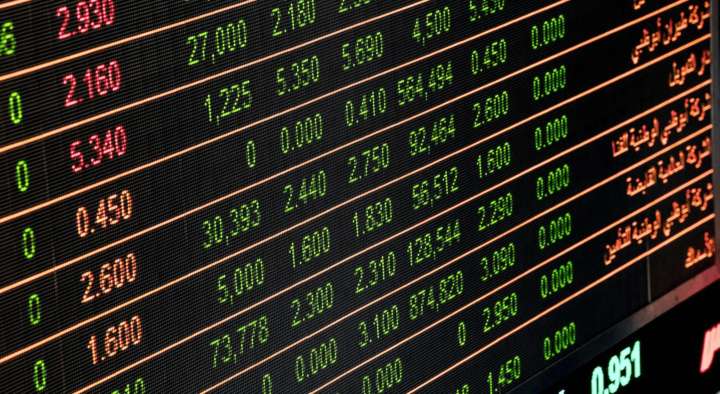
3. Cryptocurrency options trading
Similar to futures, options are derivatives meaning they represent underlying assets like ETH and BTC. Therefore, in crypto options trading, your investment is based on the future price of a cryptocurrency.
How does crypto options trading work? There are two ways of doing it:
A. Call options: when you buy a call option, you anticipate earning a profit if the underlying asset's price rises above your purchase price or even when the price of the underlying asset increases.
B. Put options: when you buy a put option, you anticipate earning a profit if the underlying asset's price drops and even when it drops below your purchase price.
However, in options trading, it’s somehow tricky to predict how much you can make since the price of an option moves pretty quickly. Besides, it’s more of a form of gambling (especially if you lack a sound investment strategy).
4. Perpetual and delivery contracts trading
Perpetual and delivery contracts are futures contracts and represent another type of crypto trading. Usually, a delivery futures contract is delivered and settled by two parties at a predetermined price on a specified delivery date. As a trader, you benefit from the difference between the locked-in price of a cryptocurrency and its market price when the contract is closed.
However, a perpetual future contract lacks a fixed settlement time and expiration date; thus, traders can hold it as long as they desire unless their position is liquidated.
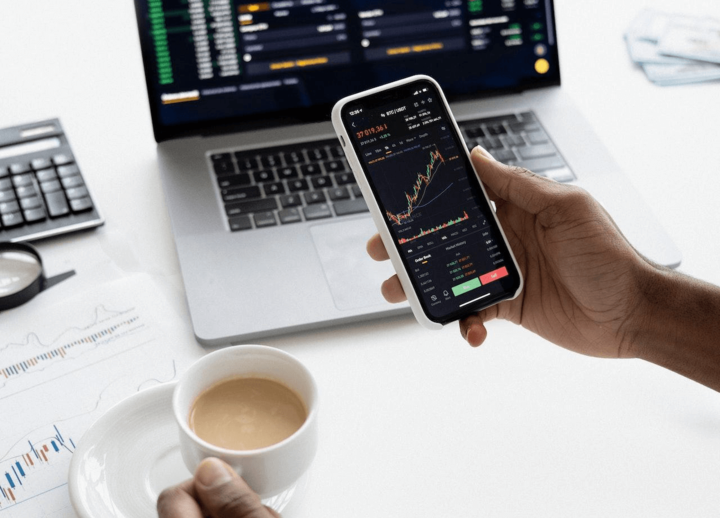
5. Crypto CFD trading
In CFD trading, you trade assets through a contract engagement with a third-party broker. The good thing is that you don’t have to own the underlying assets as a trader. Crypto CFDs enable you to speculate on the price movement of the underlying assets, whereby the difference between when a position is opened and closed determines the profits and losses one encounter.
Want to know the best part? Depending on your analysis, you can go short or long in the market. That means you trade in either direction of market moves and benefit from price volatility without owning the cryptocurrency. Another exciting principle of crypto CFD trading is leverage: investors only pay a certain margin (usually 1-5% of the total contract value) to brokers to open positions. The remaining part is supported by your CFD broker’s credit to purchase the full contract value.
Why You Should Trade Cryptocurrency CFDs
In addition to the above-outlined benefits of trading crypto CFDs, i.e., the ability to take long and short positions and access to margin trading, there are benefits for traders. Here are 5 more reasons why trading crypto CFDs could be the most beneficial form of cryptocurrency trading:
A. Simplicity and convenience in trading
Unlike other forms of trading like spot trading, CFD trading doesn’t involve complex steps, knowledge, and high wallet selection costs. Moreover, executing trades in crypto CFD trading is straightforward; thus, you can quickly react to market price movements.
Above all, CFD trading doesn’t subject traders to withdrawal limits like it’s often the case with crypto exchanges.
B. High liquidity
Cryptocurrency CFD trading offers higher liquidity than other forms of crypto trading. It’s a result of many buyers and sellers in the CFD market that lead to more trading activities than in exchanges. High liquidity reduces investment risk due to price stability, decreased volatility, and the ease of exiting positions. It also increases the accuracy of technical analysis.
C. Better regulation
Most CFD brokers are regulated by reputable financial authorities locally and internationally. Therefore, those trading CFDs are protected against fraud and malpractices.
D. Access to advanced technical and analytic tools
CFD brokers give traders access to instruments that help in risk management and market analysis. For instance, real-time charts, technical indicators, automated trading capabilities, insights on technical analysis, etc.
A Step-by-step Guide on How to Trade Cryptocurrency CFDs
A. Choose a reliable CFD broker and register an account
Once you’ve decided on the exact cryptocurrencies, crypto crosses, or crypto index you want to trade; the next step entails opening a CFD account with a reliable broker such as VSTAR.
Opening a CFD account is pretty simple and takes minutes. The process entails completing an account opening form and sending your KYC verification documents. Funding is also hassle-free.
B. Build a trading plan
A trading plan is a framework that guides your decision-making process in any trading activity you undertake. It should entail vital components such as a trading strategy, risk management techniques, money management rules, and trading psychology.

C. Find trading opportunities
A good CFD broker should provide traders with tools like technical indicators that help in technical analysis, including discovering price trends. It’s also important you decide how you’ll manage your risk at this level before opening positions.
D. Open position at expected levels
Once you’ve determined your entry level and decided whether to go short or long, you should proceed and open a position(s) accordingly. You should also set your stop loss and take profit. Alternatively, you could use pending orders to open trade positions.
E. Monitor position status and close positions
You should monitor the status of your open positions and promptly close positions when profits or losses reach expectations. It’s another way to manage risk in case of sudden market changes.
Why Trade Cryptocurrencies on VSTAR
1. VSTAR offers low trading costs without compromising the level of services. Generally, traders on VSTAR enjoy tight spreads, low slippage, and no transaction fee. Therefore, you get more profitable.
2. It’s a strong regulated platform that ensures users’ fund security. VSTAR is a Cyprus Investor Compensation Fund member and is authorized and regulated by the Cyprus Securities and Exchange Commission (CySEC). It’s also under the European Regulatory Framework of MiFiD II.
3. User-friendly for traders of all levels (beginner, intermediate and pro traders).VSTAR features an easy-to-use interface, offers negative balance protection, and you deposit as low as $50. Beginner traders can access a risk-free Demo account of up to $100,000 and trading signals to start their trading journey. Above all, it supports various payment methods such as VISA, MASTERCARD, Skrill, PerfectMoney, Netteller, and Tether.
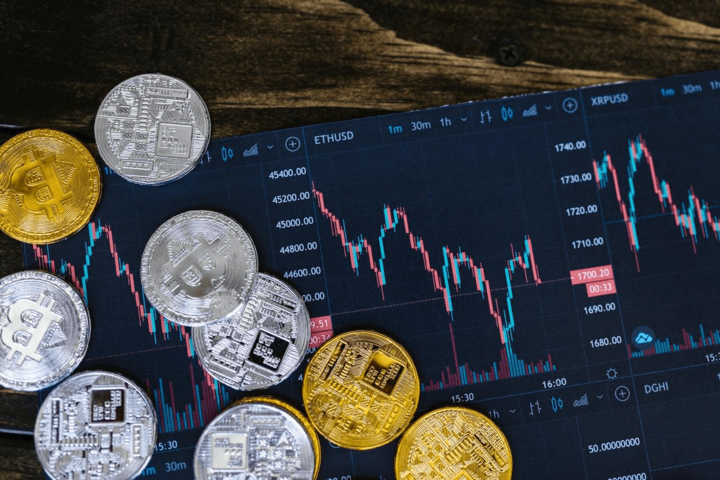
Frequently Asked Questions
Can I profit from cryptocurrency trading?
Yes, like any market, you can profit from trading cryptocurrencies. It presents lucrative opportunities if you can correctly and consistently predict direction and price movements. However, the amount of money you’re likely to make depends on the type of trading you choose, market volatility, and risk tolerance.
How much do I need for a minimum investment in crypto?
There’s no minimum amount of money you should invest. Some crypto exchanges and brokerage platforms allow a deposit as low as $10 to get started with cryptocurrency trading. However, crypto experts emphasize starting with at least $50.
Consider opening a demo account to understand better the cost of trading, experience real market conditions, and access educational resources.
How do I choose a reliable broker?
Here are key factors to consider while choosing a broker. They include:
● Leverage options
● Ease to deposit and withdraw
● Regulatory licenses
● Security policies
● Is it a user-friendly platform?
What is margin?
Margin is the money an investor can borrow from a brokerage to purchase financial products like CFDs. Therefore, margin trading allows you to borrow and trade crypto you cannot afford by amplifying your buying power. That enables you to take bigger positions to make more profits. However, this type of trading amplifies your losses as well.
For this reason, it’s essential to manage your risk appropriately and choose a leverage you can work with without extreme exposure to liquidation.
*Disclaimer: The content of this article is for learning purposes only and does not represent the official position of VSTAR, nor can it be used as investment advice.
